In material handling, efficiency and safety hinge on how goods are grouped, moved, and stored. One essential concept that impacts every industry—from warehousing and construction to logistics and food processing—is the unit load. This approach involves consolidating multiple items into a single load for handling, storage, or transport, reducing handling time, labor costs, and the risk of damage.
Understanding what a unit load is, why it matters, and how it’s applied across industries is crucial for selecting the best material handling equipment for warehouses and other environments.
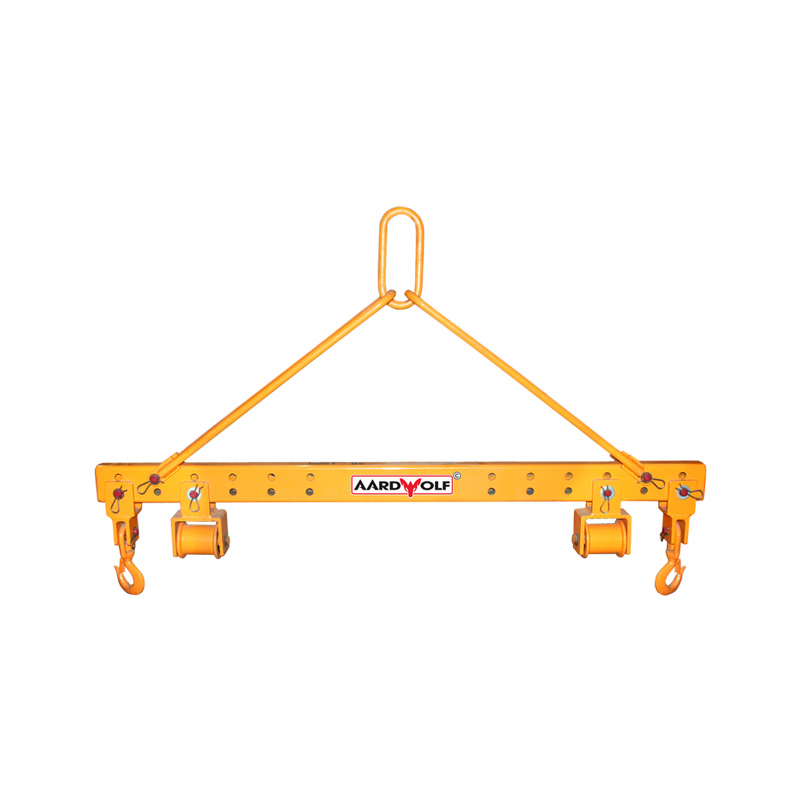
Table of Contents
ToggleDefinition of a Unit Load
A unit load refers to a collection of items grouped together so they can be handled as a single entity. This method optimizes the use of material handling equipment, improves workflow efficiency, and reduces manual handling strain.
Typical unit loads include:
- Pallets of boxed goods
- Crates containing multiple parts
- Containers holding bulk materials
- Slabs secured with material handling trolleys
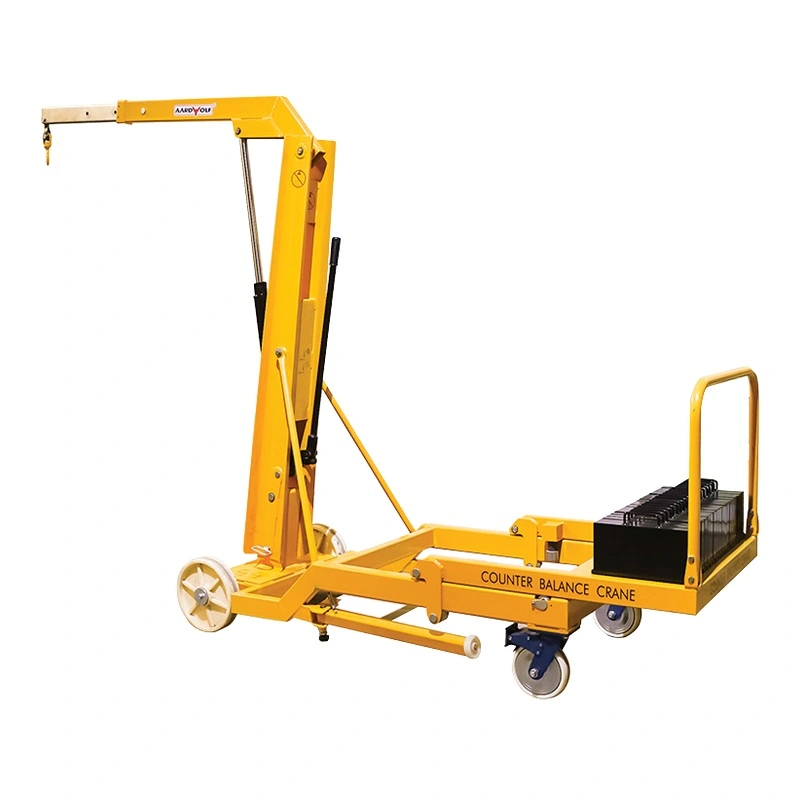
Key Benefits of Using Unit Loads
1. Improved Efficiency
By combining multiple items into a single load, forklifts, conveyors for material handling, and cranes and hoists can operate more efficiently, completing tasks in fewer trips.
2. Enhanced Safety
Unit loads reduce the number of manual lifts, improving worker safety. This aligns with established material handling safety standards and ergonomic best practices.
3. Reduced Product Damage
Items within a properly secured unit load are less likely to shift or fall, minimizing losses.
Components of a Unit Load System
Creating a unit load system involves several core elements:
- Load Base: Pallets, skids, or containers that support the load.
- Load Securing Devices: Straps, stretch wrap, clamps, or vacuum lifters.
Examples include Aardwolf slab lifters and vacuum lifters. - Material Handling Equipment: Tools such as forklifts for material handling, overhead material handling systems, and bulk material handling systems.
🔗 What Is Material Handling? Types, Equipment, Functions, Safety, and Warehouse Optimization
How Unit Loads Fit Into Different Material Handling Systems
Automated Material Handling Systems
Unit loads work seamlessly with automated guided vehicles (AGVs), robotic palletizers, and conveyor systems, ensuring consistent throughput.
Manual Material Handling Tools
Hand trucks, carts, and material handling trolleys can move smaller unit loads in tight spaces.
Industrial Material Handling Solutions
In manufacturing and heavy-duty material handling solutions, unit loads are ideal for moving bulk raw materials, heavy parts, or stone slabs.
🔗 How Does Material Handling Impact the Human Labor Force?
Unit Load Applications by Industry
- Material Handling for Warehouses – Palletized goods for streamlined storage and picking.
- Material Handling in Construction – Bundled building materials or stone slabs, often moved with paver lifters.
- Material Handling in Logistics – Containerized shipments for efficient freight handling.
- Material Handling in Food Industry – Bulk packaged ingredients in crates or totes.
- Pharmaceutical Material Handling Systems – Secure, traceable unit loads for controlled environments.
Safety Considerations When Handling Unit Loads
- Load Stability – Ensure proper weight distribution to prevent tipping.
- Securing Loads – Use straps, shrink wrap, or lifting clamps for safe handling.
- Ergonomics – Minimize manual adjustments to reduce strain.
- Avoid unsafe clothing—🔗 Loose Clothing Is Best to Wear When Handling Material?
Relation to the Four Functions of Material Handling
Every unit load system supports the four fundamental material handling functions: movement, storage, control, and protection.
Learn more here: 🔗 What Four Functions Must All Material Handling Equipment Perform
Conclusion: Why Unit Loads Matter
Unit loads aren’t just about grouping materials—they’re about optimizing material handling for manufacturing, warehouses, and other operations to achieve higher efficiency, lower costs, and improved safety. By integrating the right material handling equipment manufacturers, system suppliers, and industry-specific designs, businesses can unlock significant performance gains.

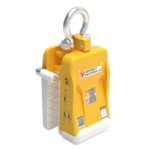
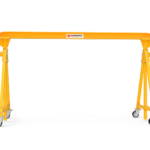
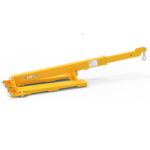
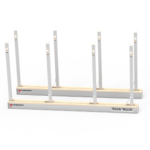
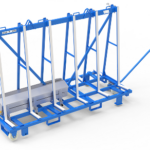

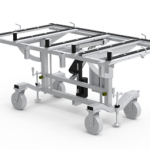
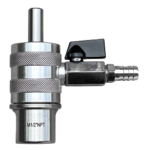
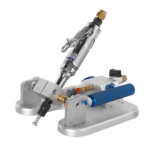
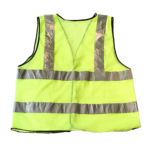

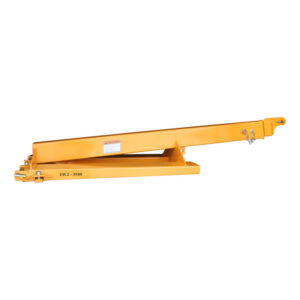
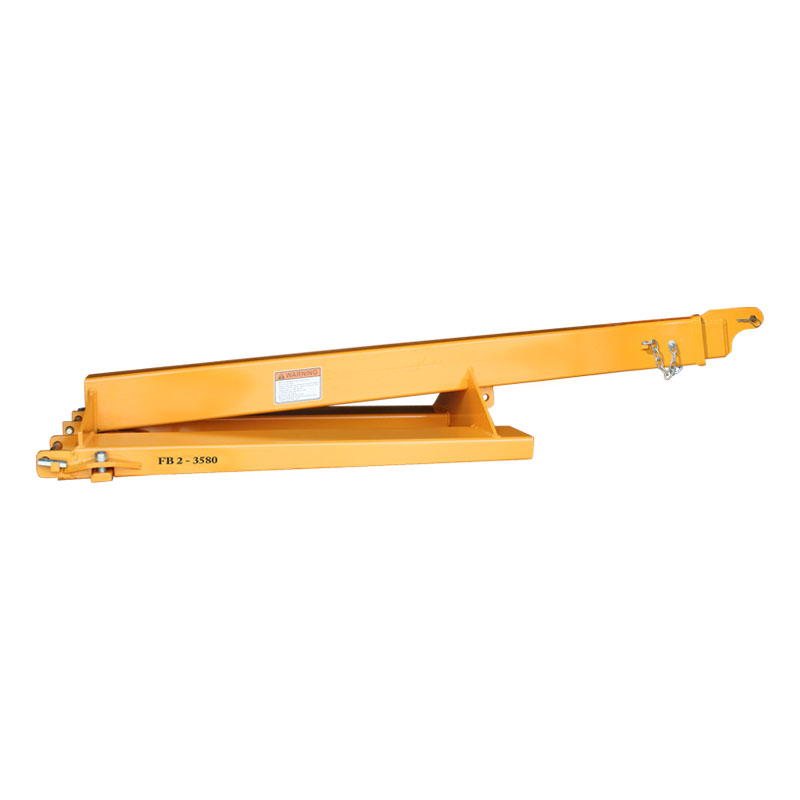
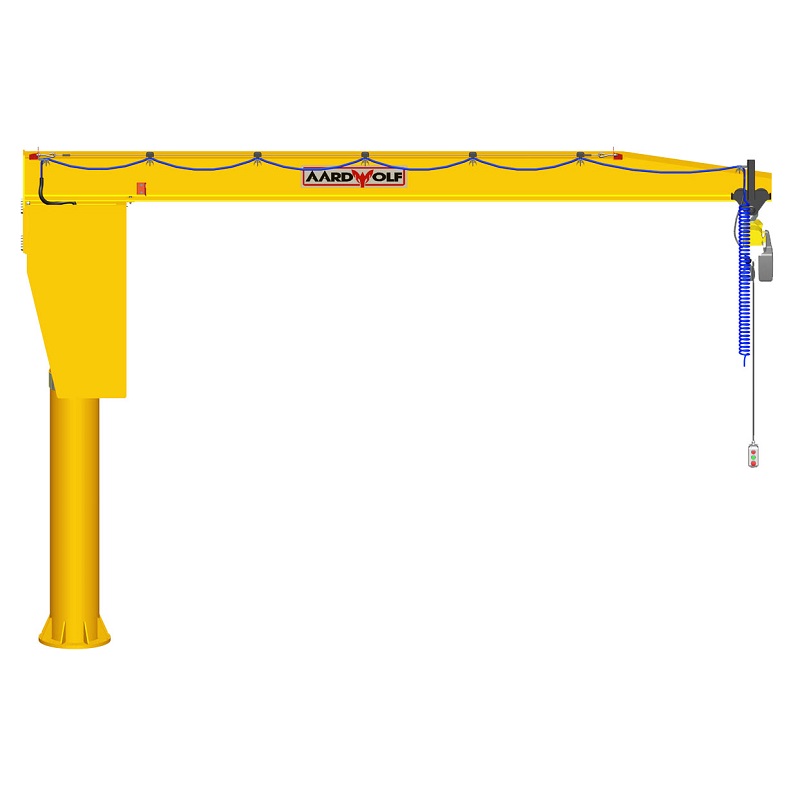
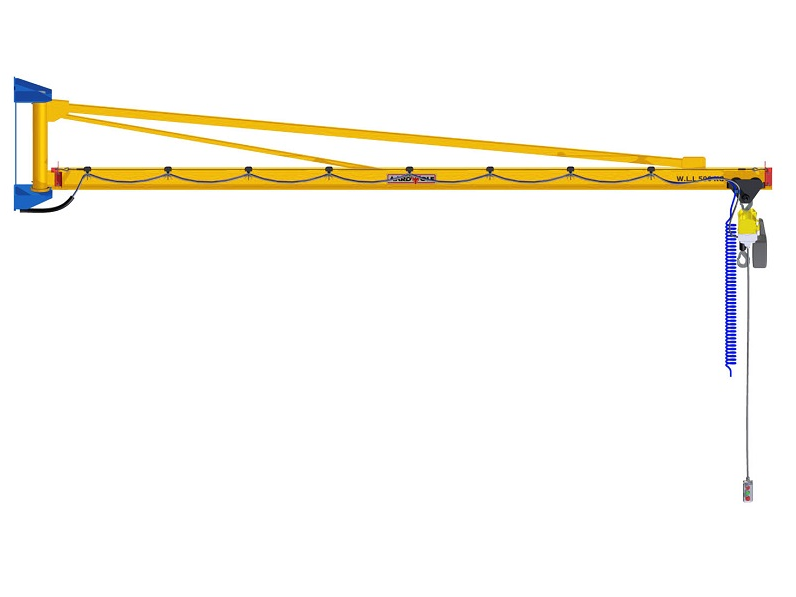

Please log in to leave a comment.